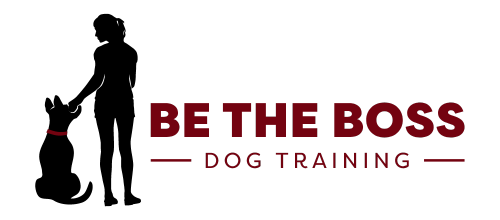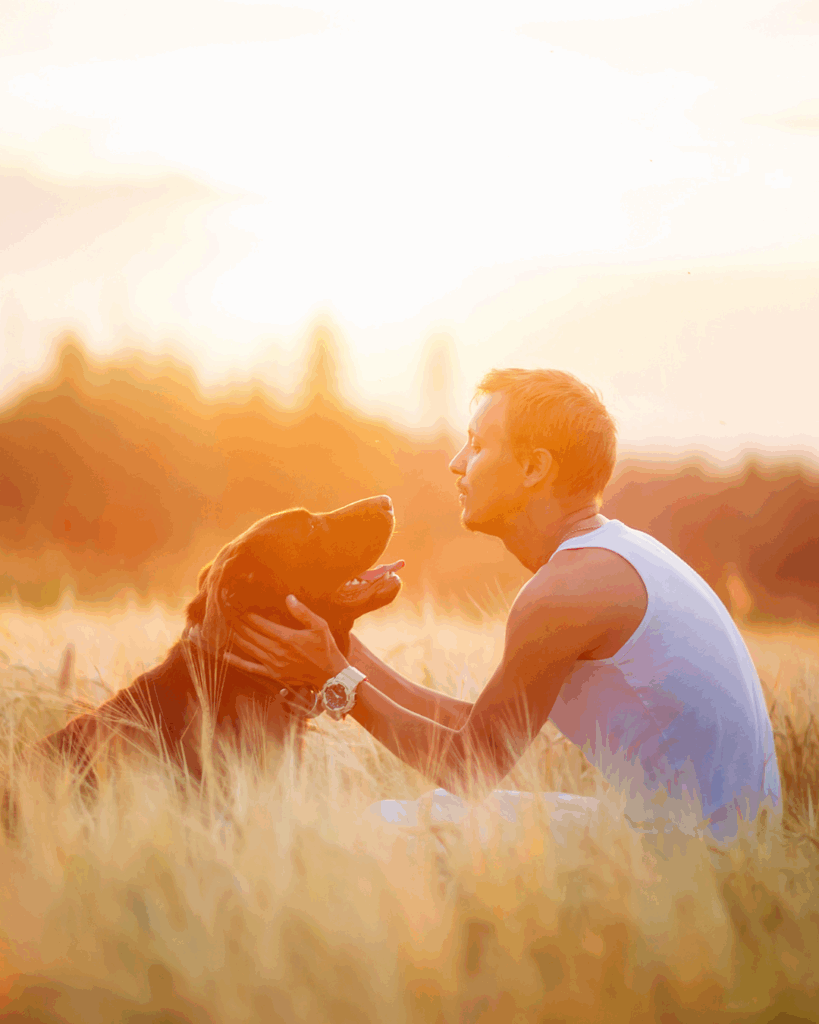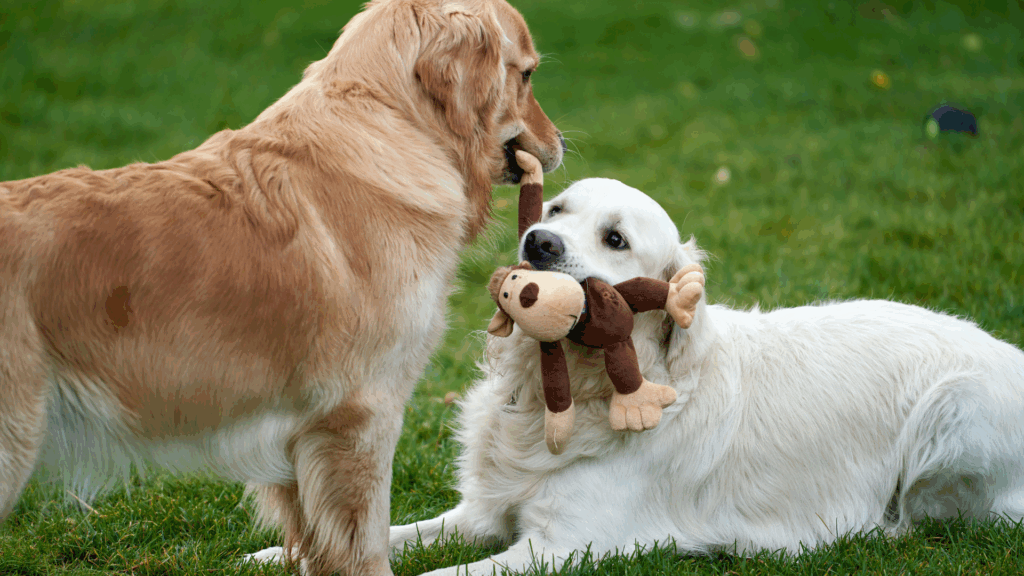Society today seems to be in agreement that putting dogs in crates is unfair at best, and abusive at worst. But where did this notion come from?
I personally believe this notion comes from a noble place within the human heart. To take away another’s freedom is one of the worst things you can do to a living being.
Therefore, it stands to reason, that taking away the freedom of your furry family member is the same.
However, aren’t we taking away the freedom of our children when we send them to school? Did you know that most schools have police officers that track down students when they are not in class?
Or what about the fact that we deny people food and shelter (the most basic of human needs) if they don’t show up to a certain building every day and spend 8 hours there?
That’s silly, you say. Children are learning skills so they can be productive members of society! And making people show up to work helps them become disciplined, and stops them from getting into trouble elsewhere.
Okay…I could end my blog right here.
Did you catch on, yet? Teaching a dog to have good crate manners helps them become courteous members of society. Requiring them to earn their board and keep by being polite for a few hours in the crate is the equivalent of earning a paycheck…not being tortured in a dungeon.
I get asked: “How do I stop my dog from chewing on the carpet…getting food off the counter…barking at the neighbor’s cat…peeing and pooping on the floor, while I’m gone?”
My answer is I don’t teach how to stop any of that. I teach dogs how to be polite in the crate. So when mom and dad leave the house they have peace of mind knowing where the dog is, and the dog has peace of mind as they sleep peacefully away until mom and dad get back.
So…next time your dog does something wrong, ask yourself….Should they have been in their crate?





